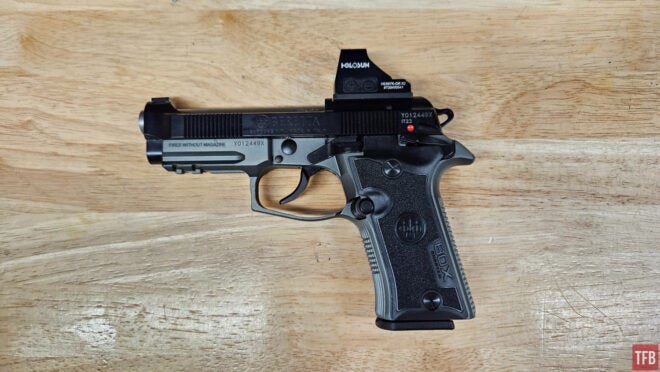The Beretta 80x was a major surprise when it was announced at SHOT Show 2023. The Cheetah line was pretty popular a few decades ago, but it seemed that the days of bigger-than-mouse-gun .380 ACP pistols were gone. So how does the 80x stack up? Is there a place for a pistol like this in 2024?
Beretta @ TFB:
- Langdon Tactical Reveals Optics Ready Beretta Tomcat
- POTD: The Beretta ARX200 DMR – With Extras
- Beretta Unveils Their New Assault Rifle Platform
- POTD: Beretta NARP (New Assault Rifle Platform) Suppressed
- Beretta To Assist in Manufacturing Ammunition In Hungary
Disclosures for this review: I don’t have a prior relationship with Beretta. I asked my editor Pete to reach out to get me an 80x to review, and Beretta graciously provided it along with the accessories. I bought the ammo for this review.
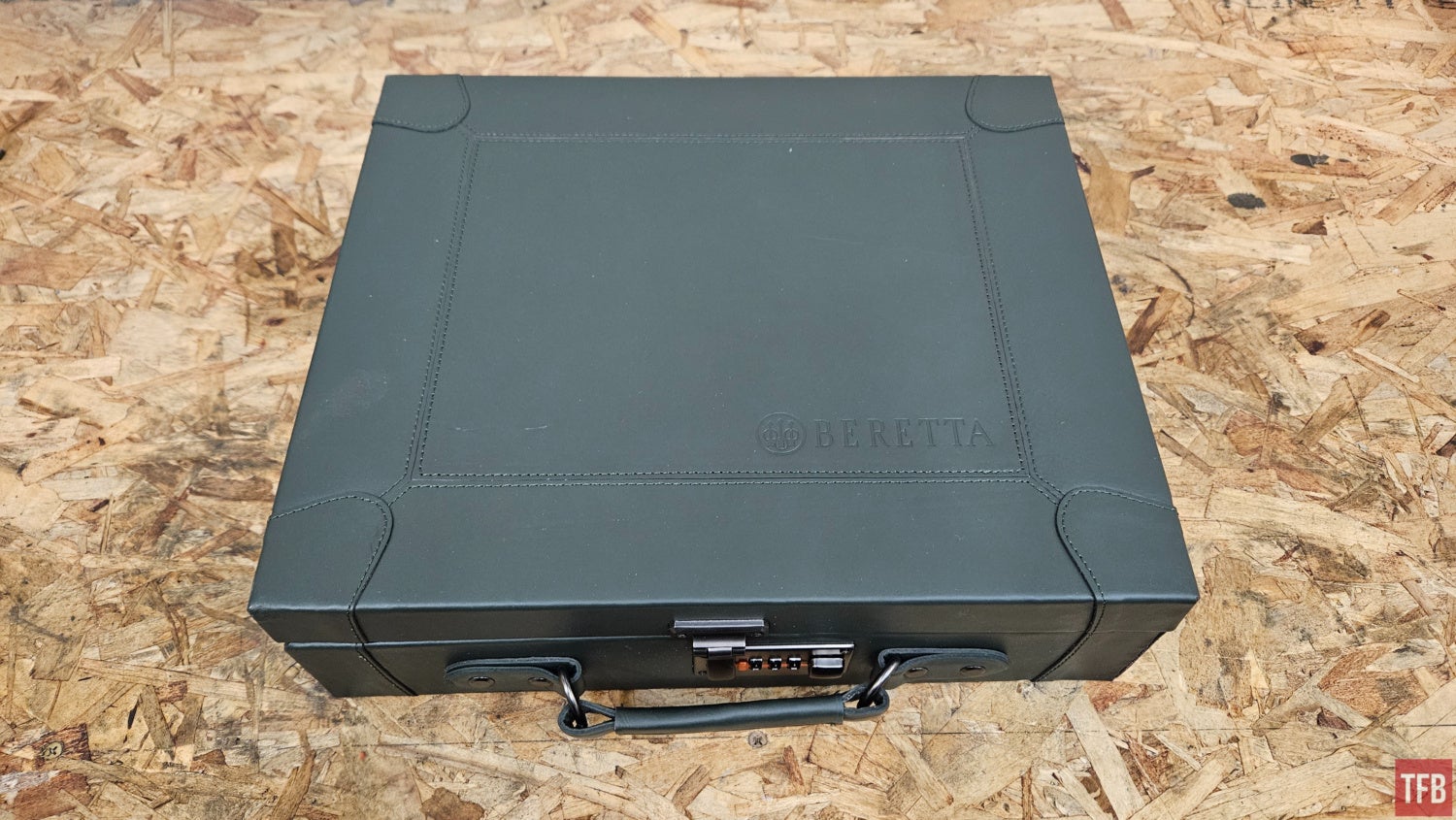
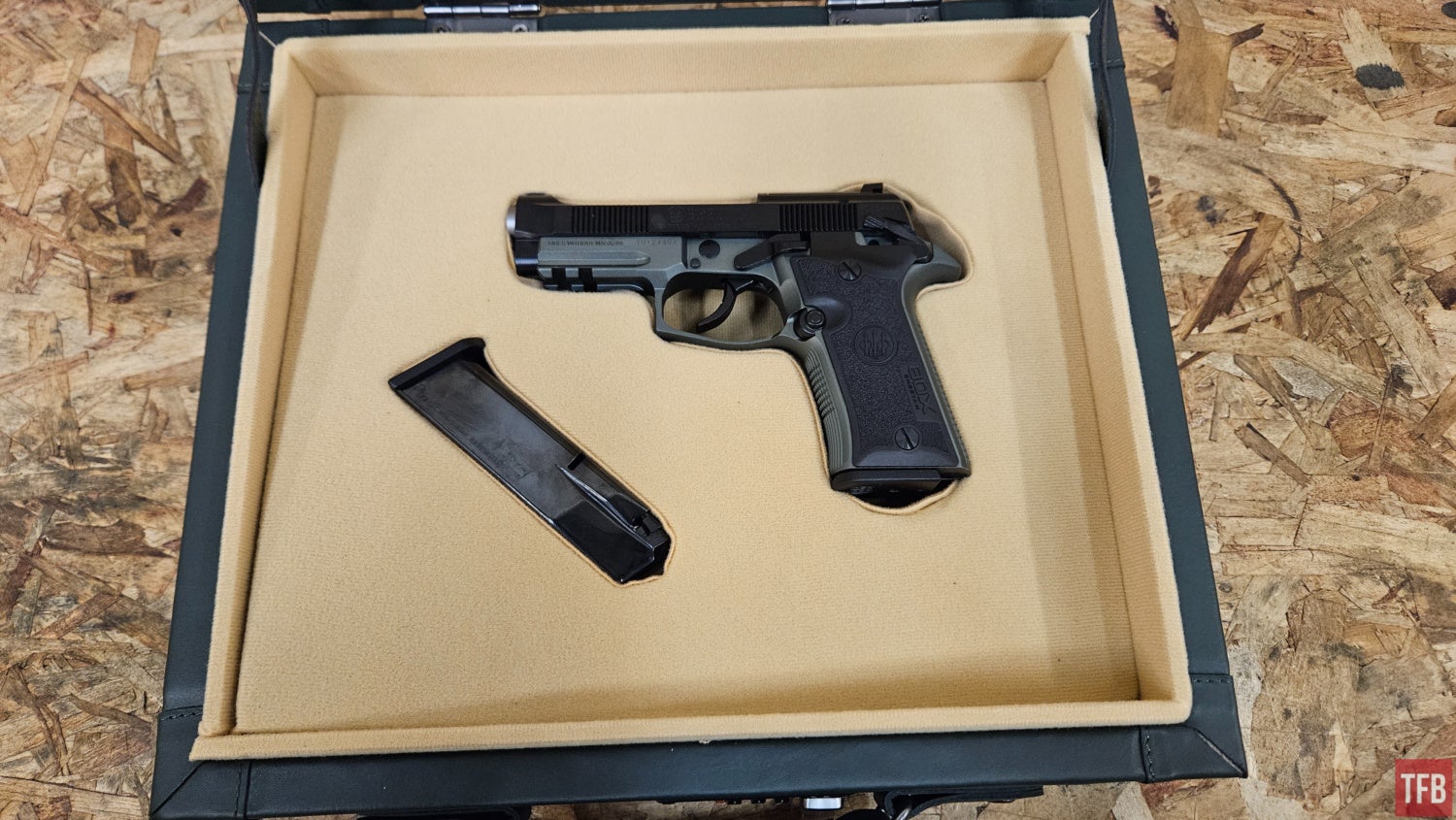
History
I wrote a review of the Beretta 84BB a while back. It is one of the best members of the Cheetah/80-series family of .380 pistols. My sample is a surplus gun formerly used by the Italian Guardia di Finanza. That agency does a lot of drug and financial crime cases, including plainclothes operations.
Looking at the guns that were available in the 1990s, a gun this size with a 13-round magazine in a centerfire caliber popular for self-defense in that part of the world makes a lot of sense for that job description. And, as James mentioned in his excellent video review of the same model of pistol, those reasons led Val Kilmer’s character in the classic movie Heat to have carried one concealed.
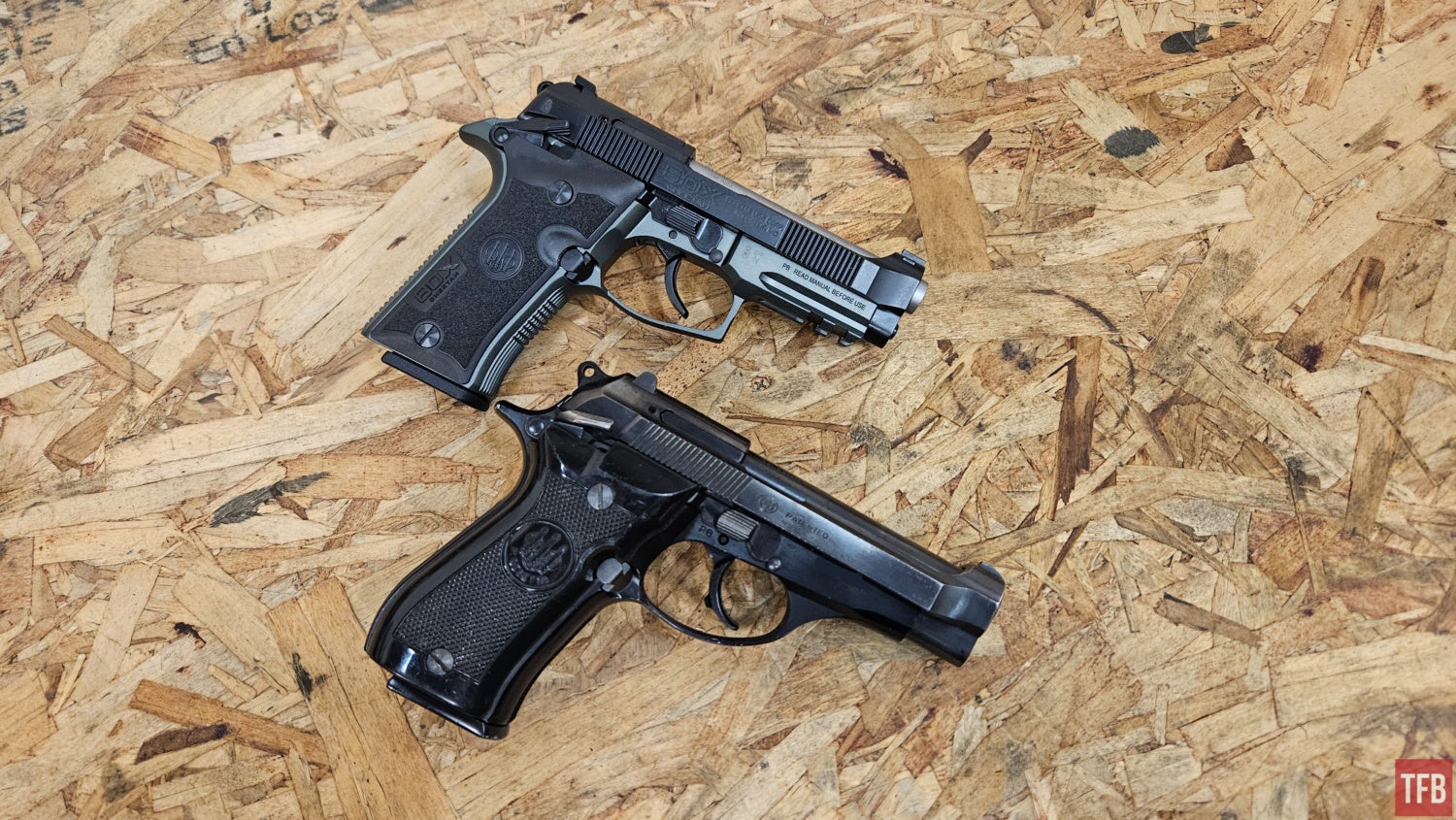
Design
While the 84BB is a great, classic handgun, it lacks a lot of the features that are common on more modern pistols. It has no accessory rail and is big by current standards. Its 13-round magazine was a lot for the 1990s, but it is eclipsed by the current generation of micro 9mm pistols.
Beretta took the core of the Cheetah family and updated it to make something really unique in the modern market. (Side note, they did something similar with the Tomcat recently with the Model 30x). They added an accessory rail, optics compatibility, and a reshaped grip with slimmed-down grip panels. A threaded barrel would have been nice too, but would have made the gun a little less concealable so I understand why that was not included.
The 80x includes two magazines, and I drafted the magazine from my 84bb for use as well. The old and new magazines are very similar and both function in the gun. The only real difference is the follower angle, which presents the rounds into the chamber at a higher angle for better feeding with hollow point ammunition.
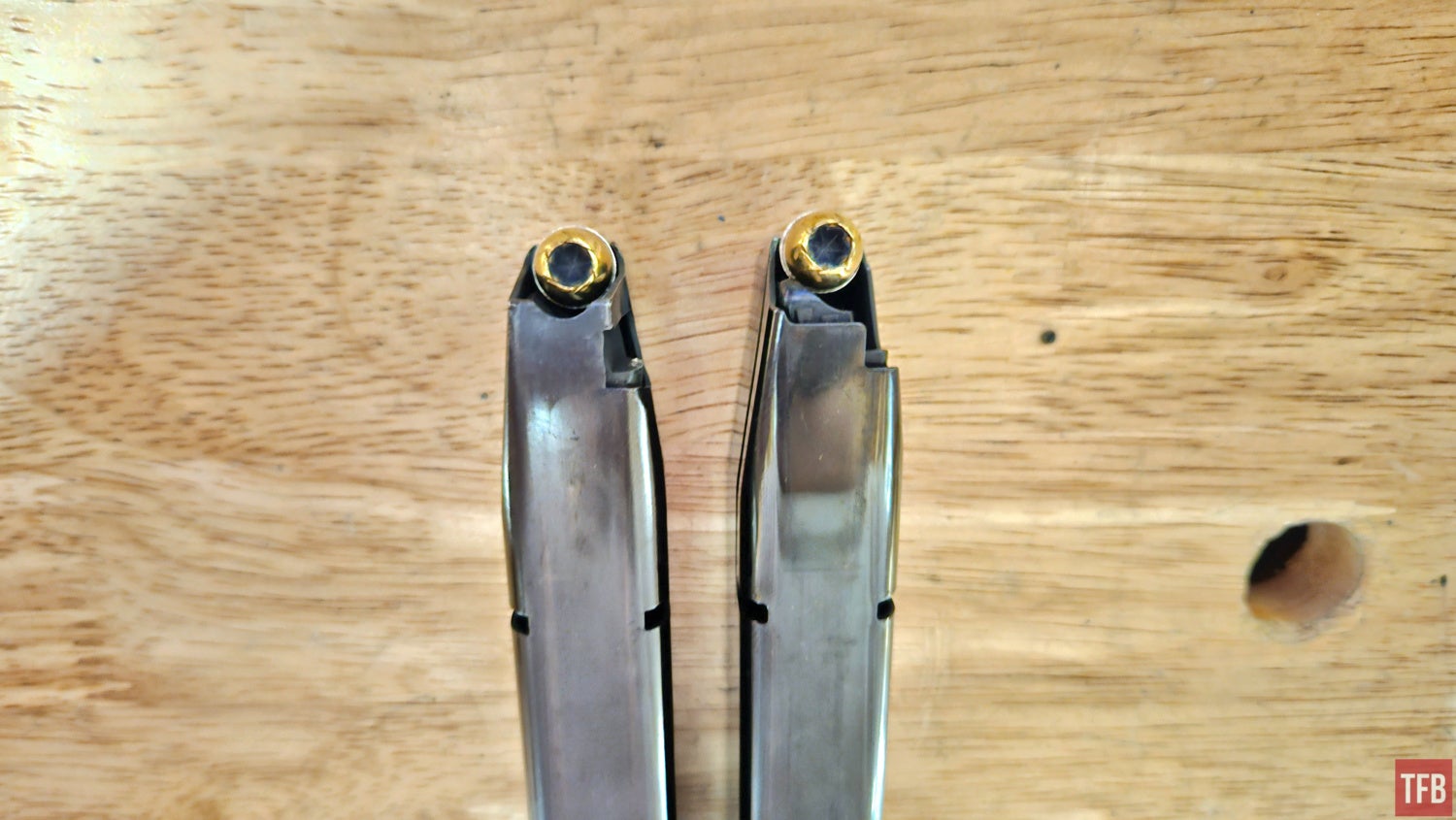
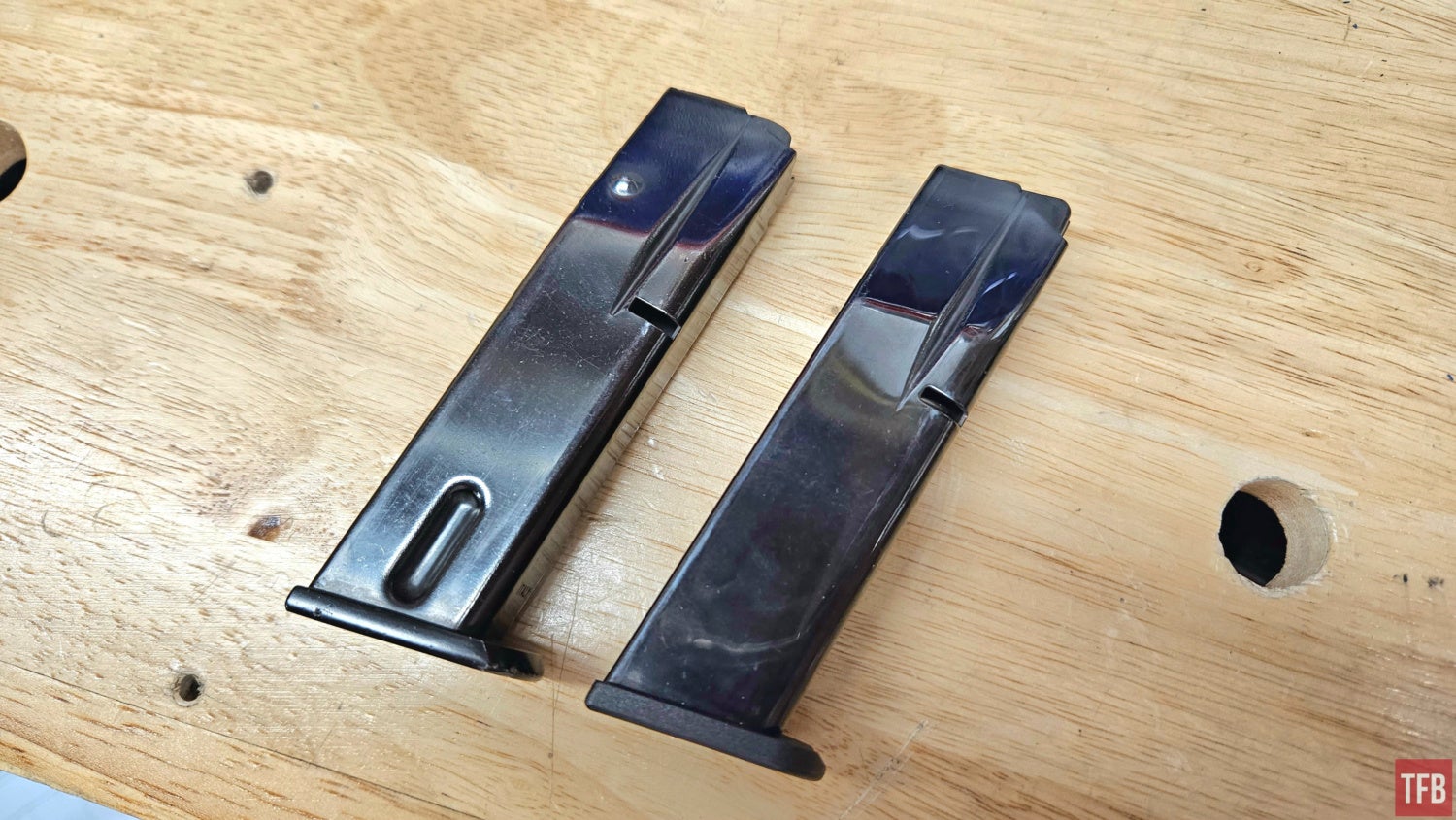
Safety/Decocker Operation
The 80x has a frame-mounted combination safety and decocker lever. The down position is fire, and the up position decocks the hammer and disables the trigger. Pushing the safety lever down after the 80x is decocked re-engages the trigger, which can then discharge the gun with a double action pull.
There is also a sort of false stop between the safe and fire positions. It looks like a setting to carry the gun cocked-and-locked, but that is not the case. This is not an actual safety condition, and the gun could still theoretically fire.
I heard from various sources that if you push the trigger to the left with the safety in the half position, the hammer will fall when the trigger is pulled. I tried this with the gun empty and sure enough, the hammer fell. I also tried this with the gun loaded while on the range at the end of the shooting portion of the review. It did not discharge a round any of the multiple times that I tried it with live ammo. Now, this is not a guarantee that it couldn’t fire in this situation. Perhaps a gun that is less broken-in, or even more worn, would behave differently. But with this specific gun, it would not fire though the hammer fell. The best practice is to only place the safety in the fully engaged or fully disengaged setting.
Optic Mounting
One of the best improvements of the 80x over the original Cheetah is the ability to mount optics. Red dot sights are quickly becoming standard equipment on defensive handguns, and a gun in this market segment without that capability is handicapped. Thankfully, Beretta has a plate system on the 80x.
Two T10 screws secure the cover plate to the slide. The rear sight is built into the cover plate, so there is no rear sight with an optic installed. The iron sights are a basic three-dot configuration. They are not adjustable, however, they were dead on or close enough for defensive shooting inside 25 yards.
Beretta sent the appropriate plate for a Holosun K-cut optic, and I mounted a 507K for about 2/3 of the review. The plate extends wider than the top curve of the slide but is just about flush with the sides of the slide. Zeroing the red dot was quick and painless because the plate was square to the bore and it only needed minor windage and elevation adjustments. The rear sight nubbins on the 507k also worked (enough) with the front sight should they be necessary.
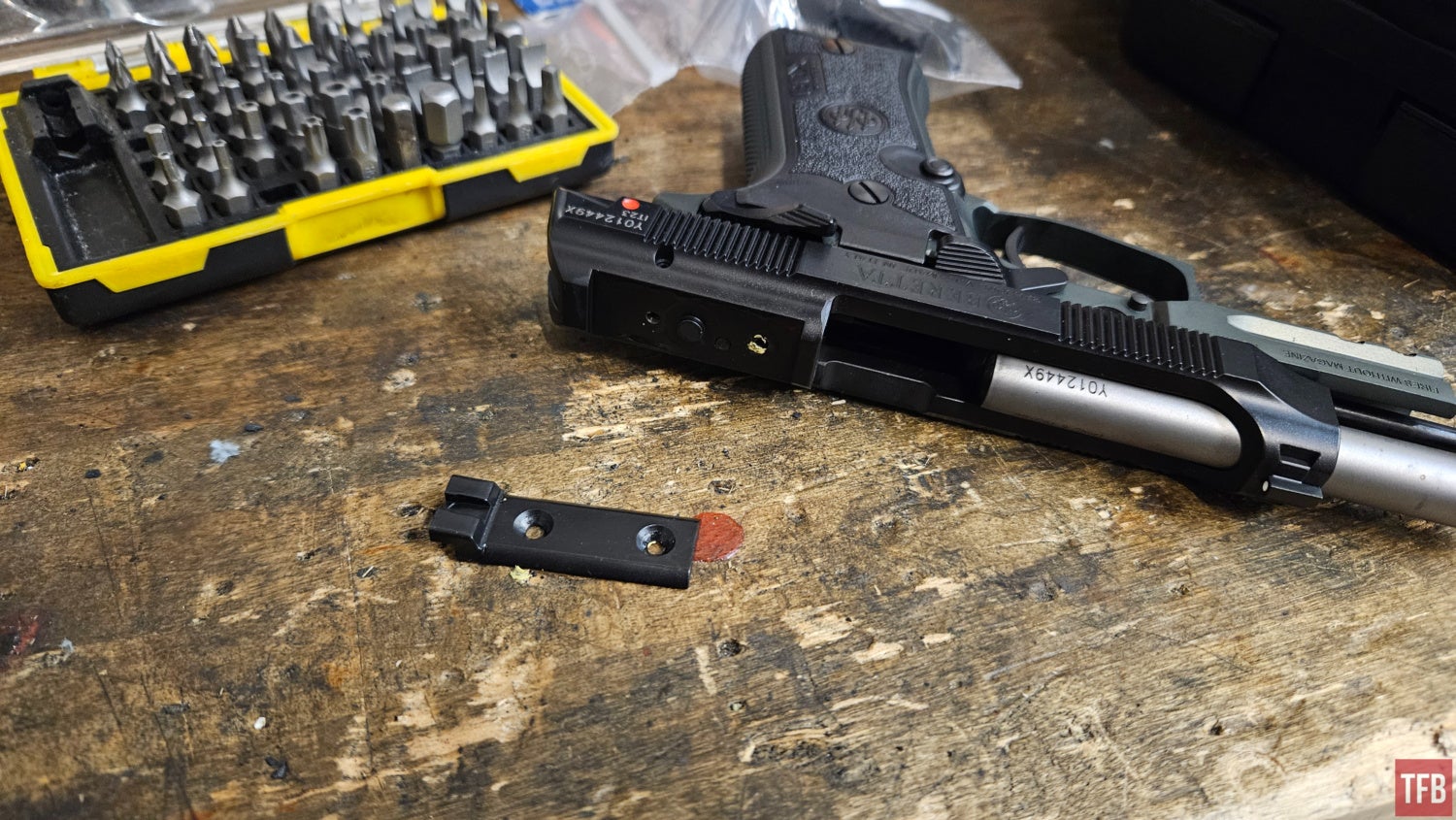
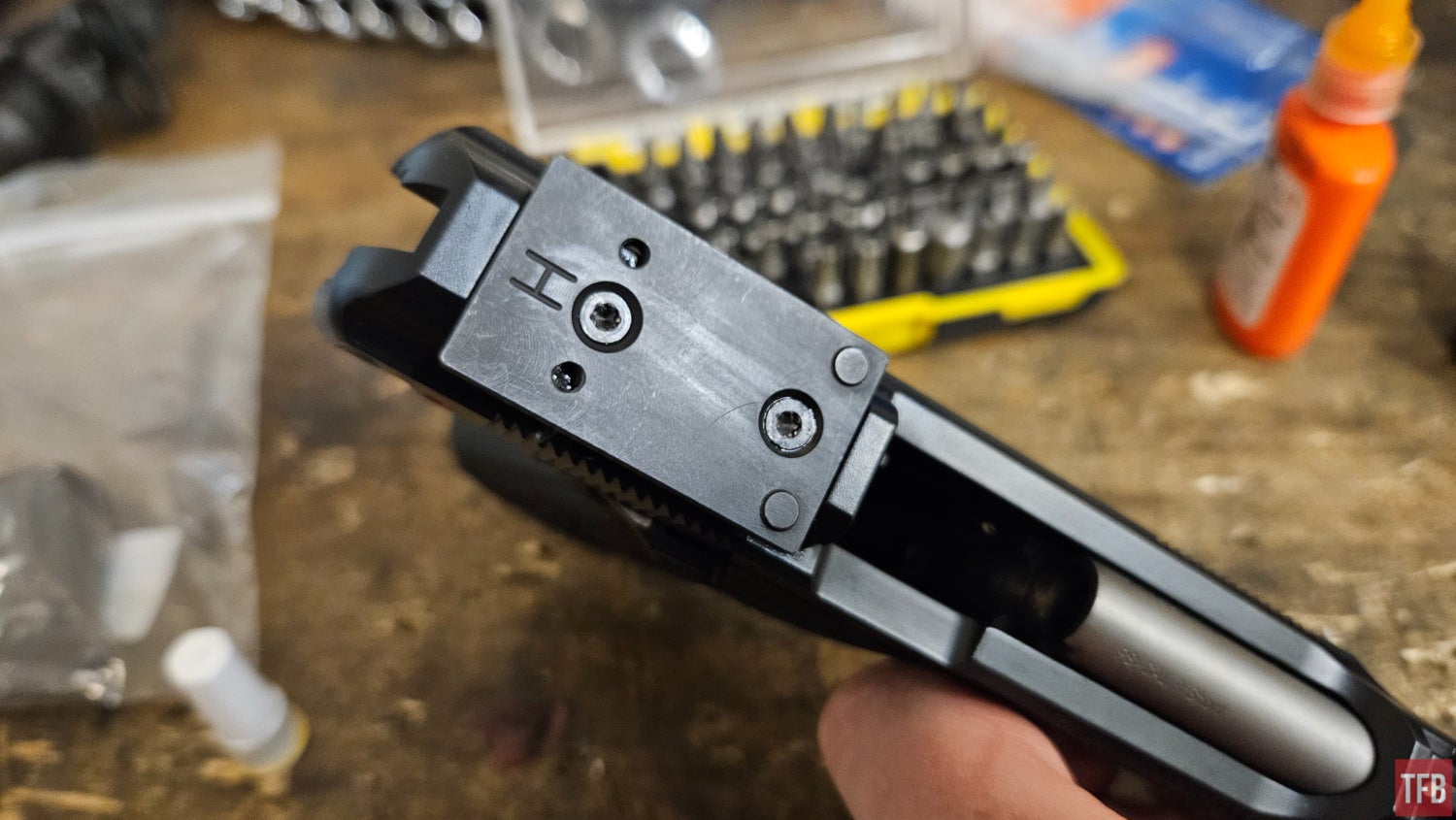
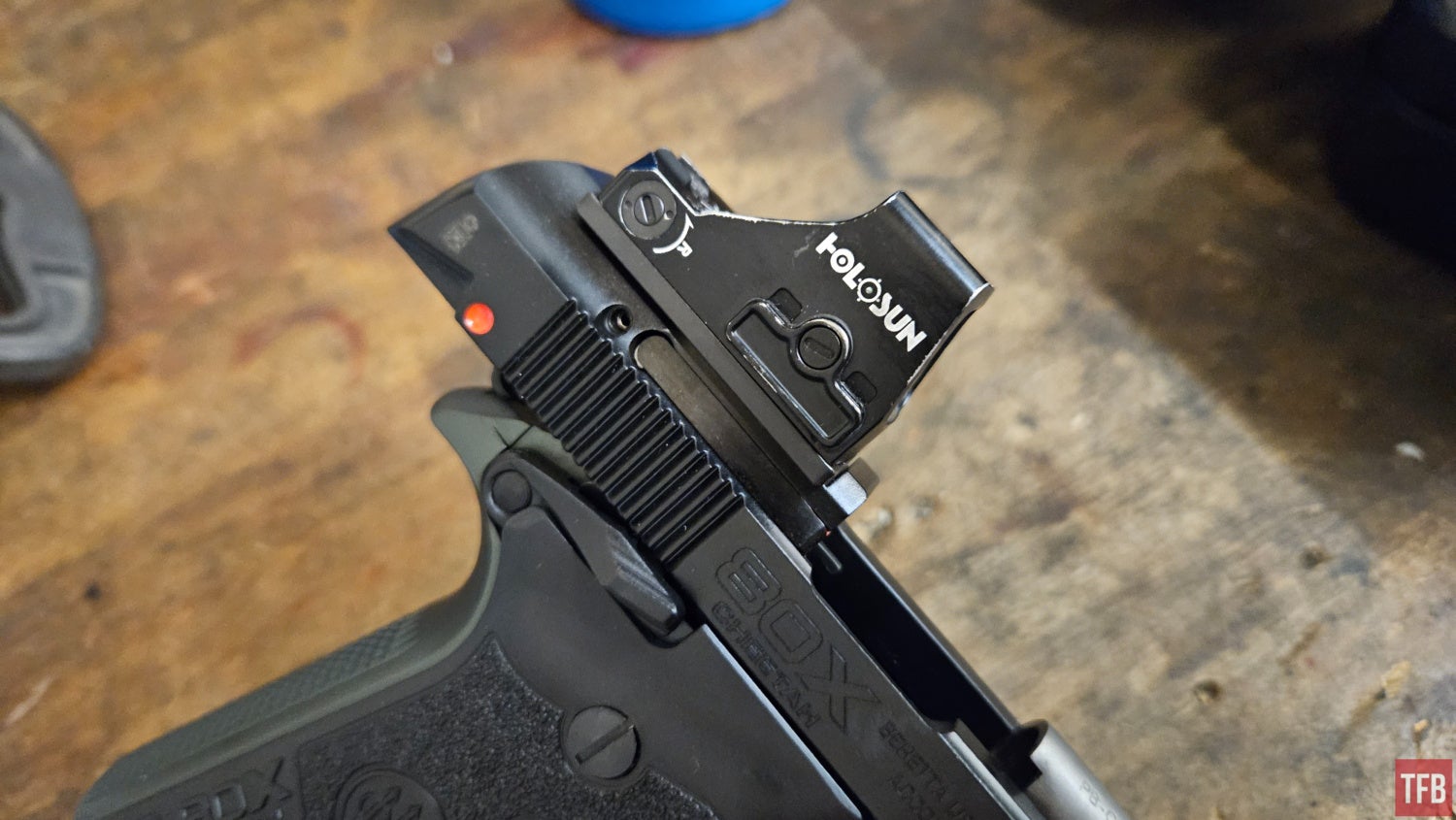
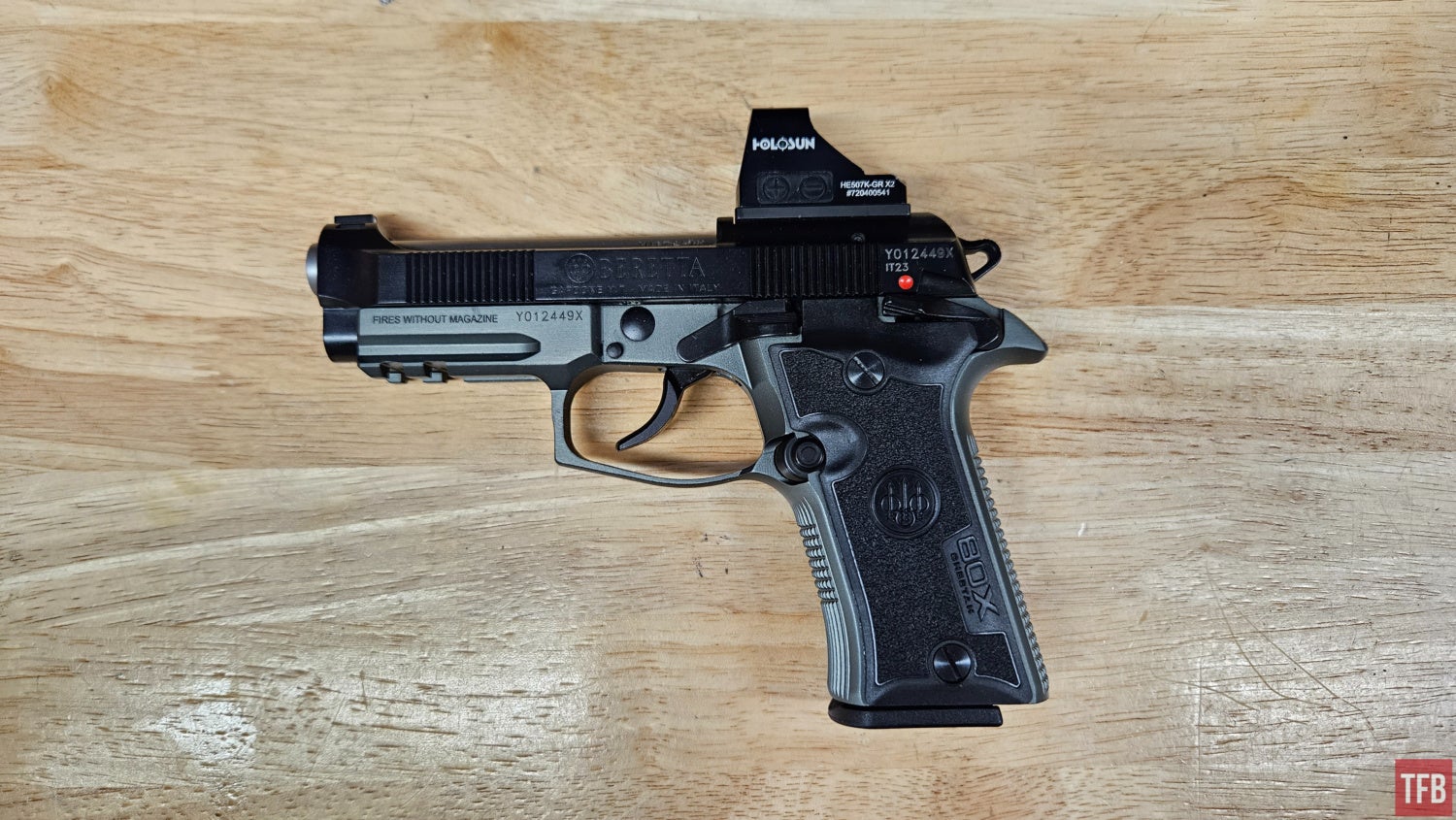
.380? Why Though?
This is a fair question. The 9mm is the current default answer for concealed carry pistols. And, in a world where Micro 9 pistols like the P365 exist, there are very good reasons why the 9mm is the standard. It is affordable, does not kick much, and is very effective with the proper ammo.
So what is the point of a .380 ACP, then? It’s a more expensive cartridge with the same diameter bullet as a 9mm, but it’s lighter and slower. However, a light bullet moving slower also means less recoil. Many shooters struggle with recoil control. Yes, most shooters can and should learn to handle that recoil. But there are also a lot of shooters who can’t, either through age, strength, or experience limitations. Moving down to a .380 makes a major comfort difference to those shooters.
Felt recoil can also be reduced by using a heavier gun with more surface area that contacts the shooter. Many other .380 pistols try to be as small and light as possible. This aids concealment but leads to a generally unpleasant shooting experience. When I am working at the gun counter I often hear from customers about how painful or snappy .380 handguns are, because most people who have shot one have only used something like an LCP, P3AT, or Bodyguard.
The 80x prioritizes shooting comfort over extreme concealability, and unlike the tiny polymer competitors, it is fun to shoot. Yes, it is harder to conceal, but it’s still easy to conceal, being around the size of a Glock 48.
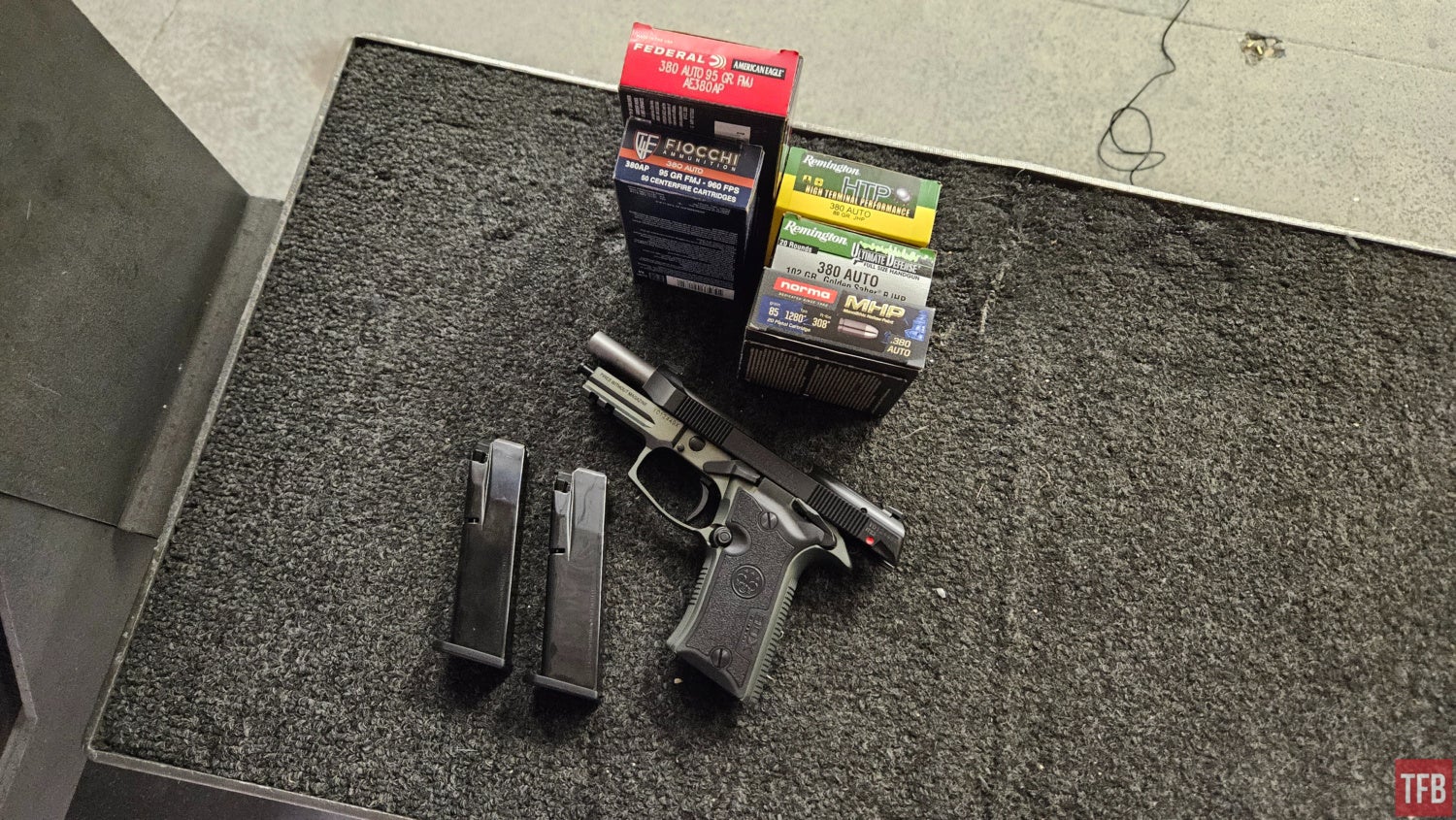
Conclusion
This wraps up Part I. Check back soon for Part II, where I run 1,000 rounds through the 80x to see if it is trustworthy enough for carry use. It is a unique pistol in the current market, but it makes sense on paper for some users. Light recoil, good ergonomics, and Beretta quality and panache should make for a fun pistol, right? Spoiler alert: it does. Stay tuned for Part II coming very soon.
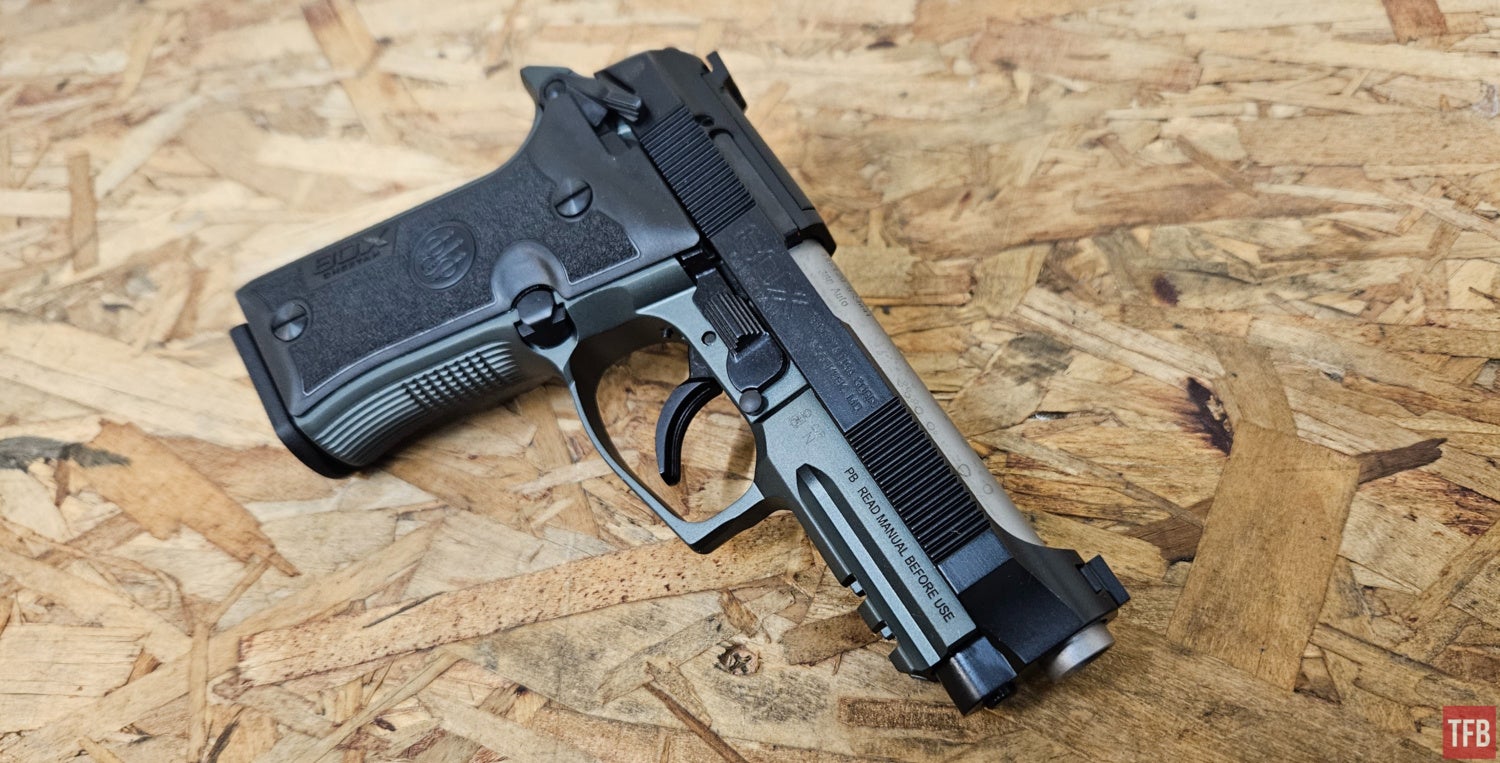
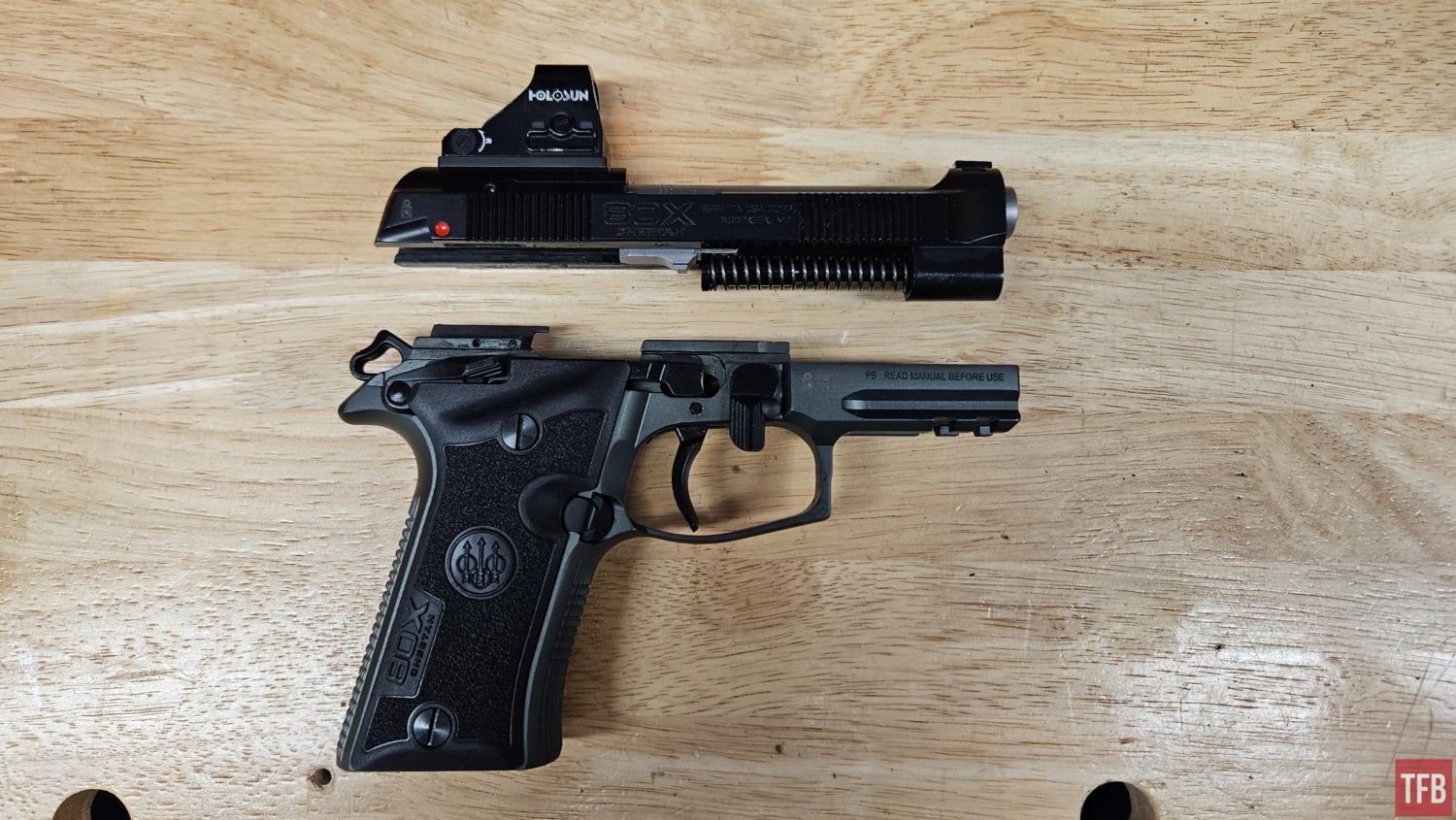
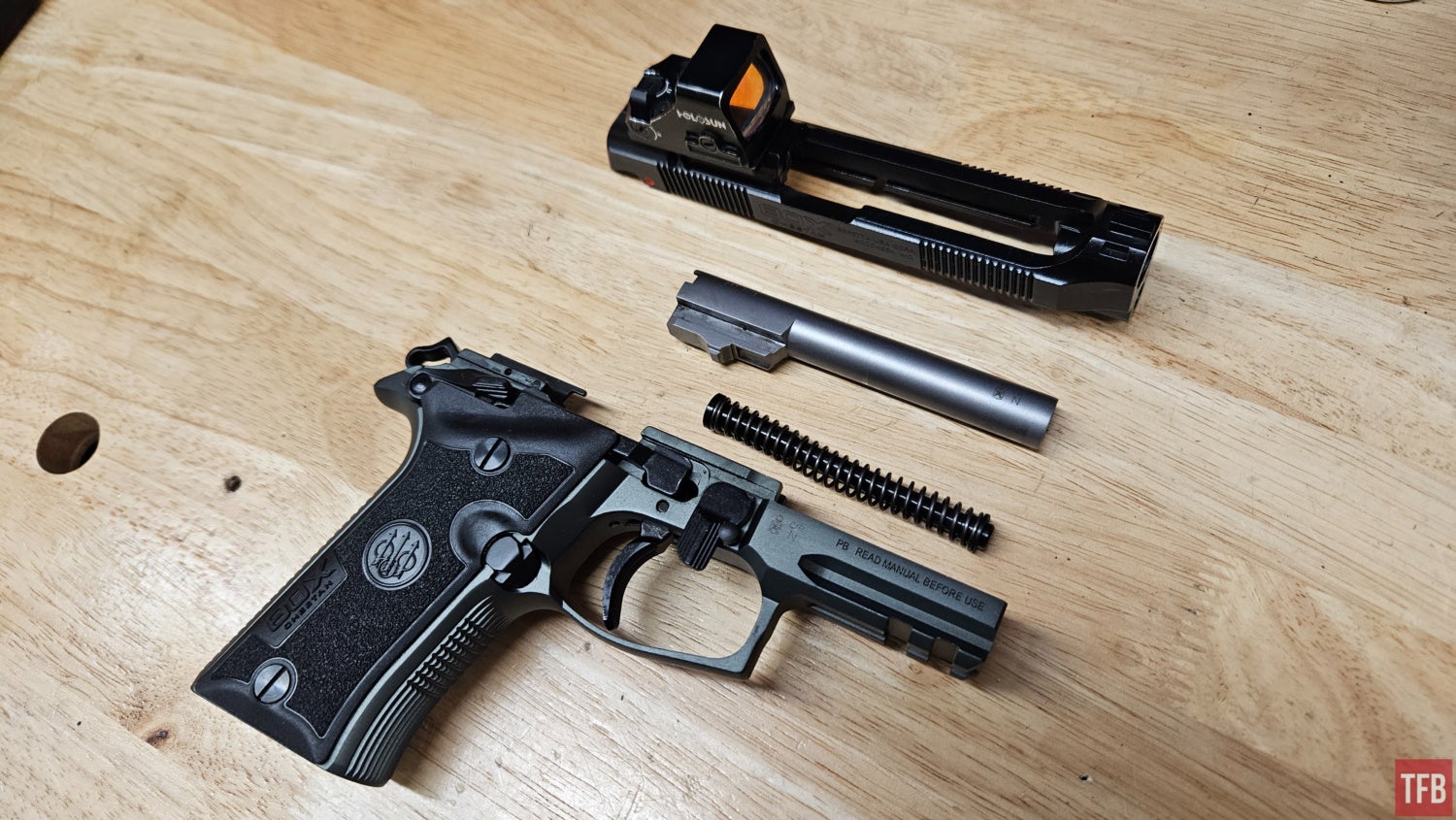
We are committed to finding, researching, and recommending the best products. We earn commissions from purchases you make using the retail links in our product reviews. Learn more about how this works.
 Your Privacy Choices
Your Privacy Choices
